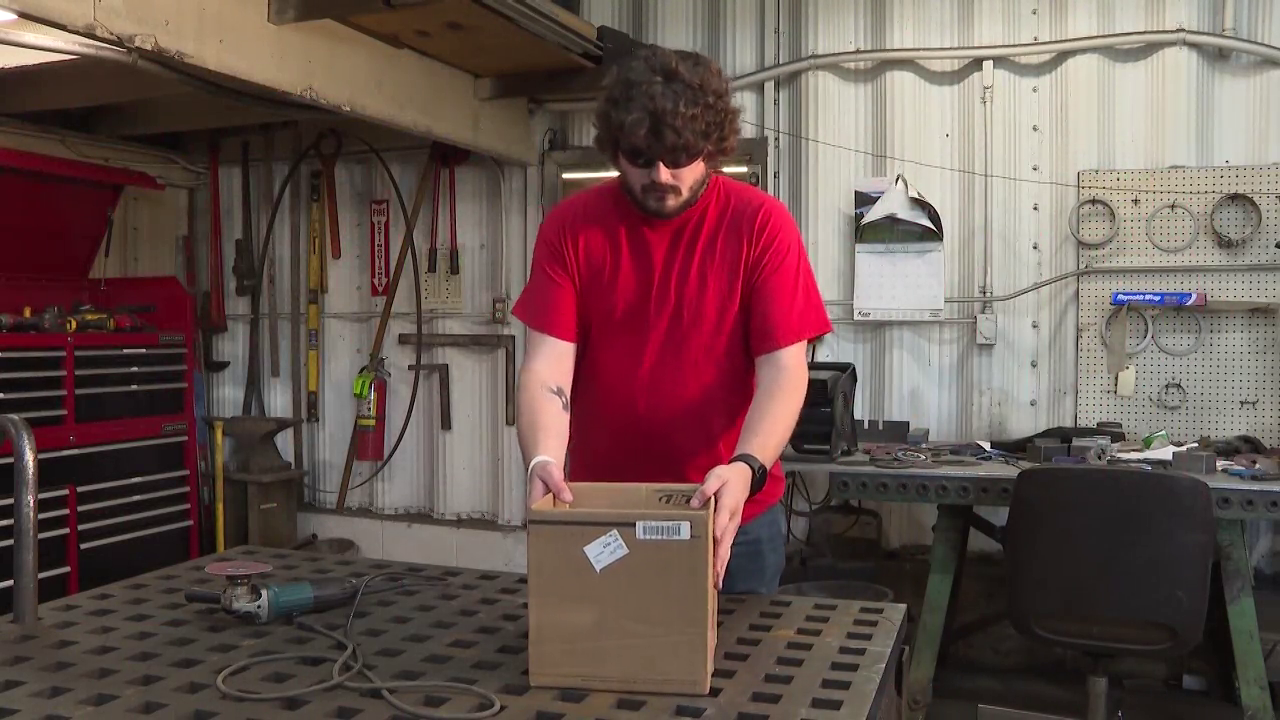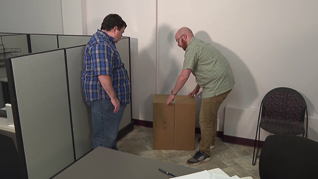
More than one million workers every year suffer from workplace injuries caused by heavy lifting, according to Schuster Law. No matter the industry you’re a part of, you most likely have some form of light to heavy lifting that must be done, and there’s a right and wrong way to accomplish that. Without the proper lifting techniques, your employees are at risk of getting seriously hurt.

Let’s take a look at safe lifting practices and discover why it’s so vital for your workforce to understand these techniques.
What Is Safe Lifting, and Why Is It Important?
Injuries often result from overexertion, typically resulting from an injury sustained from lifting, pulling, pushing and carrying an object without the right ergonomic approach.
Safe lifting is the technique necessary to lift heavy objects in a work setting without getting injured or hurt. One out of every five workplace injuries is a back injury, often caused by lifting things incorrectly, according to the Department of Environmental Safety, Sustainability and Risk. So, the proper technique is extremely important to the health and safety of your employees.
There are many risk factors employees must consider when dealing with lifting or carrying objects during the work day. These include:
- The weight of the load.
- How close the load is being held to the body.
- Its size and shape.
- The distance it must be carried.
- The initial height of the load and the vertical distance lifted.
- Any twisting or turning that must be done.
- The frequency of the lifts.
No approach can completely eliminate back injuries caused by lifting, but the right technique can prevent a large portion of this type of wound. No matter how many tasks must be performed, best carrying practices can reduce the risk of potential harm, keep your workforce more productive, ensure everyone is comfortable and, ultimately, able to effectively do their job.

Proper Lifting Techniques: Industry-Specific Best Practices
Like any task done at work, there’s training and instruction necessary to get the job done well. The same is true for proper lifting.
Before picking up anything, you should first evaluate how to maximize safety and ensure the load doesn’t exceed your carrying capacity. This includes considering whether or not the shape of the item is too awkward to get a good grip on, if the path to your destination is unobstructed and if the floor or ground is dry and slip-proof.
Also, ask yourself the following questions:
- Is this a two-person job?
- Do I need a hand truck, dolly, pushcart or an additional tool?
- Would gloves help me lift this object easier?
- Will this item block my view after I lift it?
Once you’ve ensured you’ve thought through and taken care of potential dangers, you’re ready to begin. To successfully lift objects, you should use these proper lifting techniques:
Have a Stable Base of Support
Position your feet shoulder-width apart, one foot slightly in front of the other. This is called the karate stance and should be held the entire time you lift the item before you start moving.
Hold the Object Close to Your Body
When you hold the package farther away from your chest, it leaves more room for injury. Instead, keeping the load somewhere between the shoulder and waist is best to reduce the strain on your lower back. The best place to carry it is at the level of your belly button.
Keep Your Back Curved
Don’t straighten your back too much. Leave the natural curve of your back as best as possible to distribute the weight evenly over the spine. To accomplish this, you can look straight ahead and remain in good posture.
Bend Your Knees
Let your leg muscles do most of the work, giving your back a break. As you reach for the package, you should squat down, bending at the knees and keeping your back straight with your chest out.
Keep Your Shoulders Back
Rounded shoulders while lifting puts stress on the shoulder joints, which can lead to pain in your upper back and neck. Avoid this by keeping your shoulders back and your body tall.
Stick Your Bottom Out
While keeping your knees bent, you should support your body by preventing the pelvis from tucking under your back. This may feel awkward at first, but it will keep you safe while carrying a moderately to extremely heavy object.
Lead With a Good Grip
Ensure you have a strong hold on the object before lifting. This helps you focus on your posture and avoid being struck by the object dropping.
Use Your Thighs and Bottom To Lift
Don’t lift with your arms and back. Always use your legs and bottom to raise the item to your desired location as you’re lifting. As you straighten with the load, lift very slowly to ensure your body has the right muscles activated. On top of that, it’s vital to avoid twisting and turning whilst standing up.
Breath and Relax Your Muscles
Ensure you take deep breaths to reduce pressure in your abdomen. You should be able to go through these lifting best practices without feeling much strain on your muscles.
Because every business sector requires different items and products to be lifted, Video Training Power has made resources available to ensure your team knows what specific tips to use for your area of work. Check out the available Video Training Power courses for many industries, professions and environments, including:
- Office environments.
- Healthcare Environments for medical personnel.
- Transportation and warehouse environments.
- Healthcare environments for office and maintenance personnel.
- Food processing and handling environments.
- Industrial environments.
- Construction environments.
Train Your Team With the Best Resources
Lift your team with the proper training materials. Never assume your team knows the best practices when it comes to lifting heavy objects. Give them beneficial guides and resources by subscribing to Video Training Power — a company that provides instructors with access to a large library of on-demand video resources they can stream in their classroom training sessions.
You can use these videos in your training sessions to demonstrate real-to-life examples of safe and unsafe lifting practices. Sign up and start training your team today.